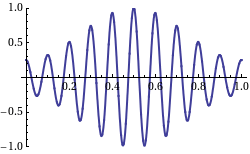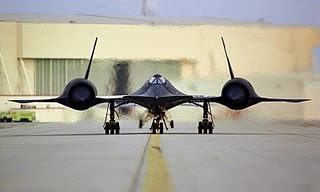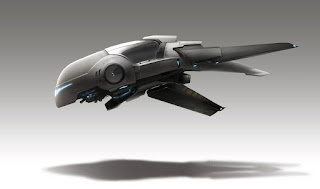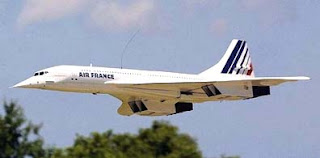Posts
Showing posts from September, 2011
free downloads of science fair
- Get link
- Other Apps
RETURN TO TOP Useful Free downloads 1. Audio Podcast Downloads 2. ABC Kid Genius free software to teach the Alphabet Letters Numbers 3.Counting Reading and Spelling 4. Adaptations zipped folders containing a PowerPoint presentation and video files 5. Food Chains and Food Webs zipped folders containing a PowerPoint presentation and video files 6. Ecosystems zipped folders containing a PowerPoint presentation and video files 7. Habitats and Humans zipped folders containing a PowerPoint presentation and video files 8. Plant Life Cycles zipped folders containing a PowerPoint presentation and video files 9. Variation for younger children a zipped folder containing a PowerPoint presentation and video files 10. Concentration Generator a very quick way of creating a concentration game 11. Create Interactive Tests may be a useful resource for creating student activities 12. Blue's Clues 23 excellent activities covering a range of topics 13. Canterbury Cross Primary a collection
ZR1 Vette vs Jet! - Chevrolet Corvette ZR1 Races A U.S. Navy Fighter Jet
- Get link
- Other Apps
Stars affect dark matter: study
- Get link
- Other Apps
"...when we look at galaxies alone, the gas and stars become relatively more important and begin to influence dark matter..." The interaction of dark matter with stars and gas in individual galaxies is more complicated than previously thought, according to International Centre for Radio Astronomy Research (ICRAR). After discovering a correlation between the concentration and mass of dark matter around clusters of galaxies, Dr Alan Duffy from ICRAR found this relationship breaks down around single galaxies, like our own Milky Way. “A basic assumption that astronomers often make is that the dark matter is so dominant that we can ignore the effects of gas and stars on its dynamics. “For massive clusters of galaxies this is a good approximation and there's a nice relation that drops out of the simulations between the mass of the cluster and the dark matter concentration, in full agreement with observations. “The problem is that when we look at galaxies alone, the gas and sta
A planet going the wrong way
- Get link
- Other Apps
All planets move around their stars in the same direction as the star spins—at least that’s what we thought. But now ANU astronomer Dr Daniel Bayliss and his colleagues have found a planet that breaks the mould. Dr Bayliss, from the Research School of Astronomy and Astrophysics, is one of 16 early-career scientists unveiling their research to the public at Fresh Science – a national program sponsored by the Australian Government. Using one of the world’s largest telescopes in Chile, Daniel and his collaborators discovered that a distant planet WASP-17b is moving in the opposite direction to the spin of the star around which it orbits. The discovery throws traditional theories about how planets form around stars into doubt. "Until now it has been assumed that any planets orbiting a star would be moving in the same direction as the star’s spin." Planets form from the same disk of rotating material that gives birth to the star around which they move. So until now it has bee
- Get link
- Other Apps
"The universe really was filled with a new kind of energy that was causing it to expand at an increasing speed." A survey of more than 200,000 galaxies led by Australian astronomers has shown that ‘dark energy’ is real and not a mistake in Einstein’s theory of gravity. The finding is conveyed in two papers led by Dr Chris Blake from Swinburne University’s Centre for Astrophysics and Supercomputing, which will be published in the Monthly Notices of the Royal Astronomical Society . Using the Anglo-Australian Telescope, 26 astronomers contributed to the ‘WiggleZ Dark Energy Survey’ which mapped the distribution of galaxies over an unprecedented volume of the Universe. Because light takes so long to reach Earth, it was the equivalent of looking seven billion years back in time – more than half way back to the Big Bang. The survey, which took four years to complete, aimed to measure the properties of ‘dark energy’ a concept first cast by Einstein in his original Theory of Gener
Earth’s neighbouring star found
- Get link
- Other Apps
Researchers have uncovered a new stellar neighbour with the discovery of the closest young star to Earth. The international team, including Simon Murphy, a final-year PhD student from the ANU Research School of Astronomy and Astrophysics, have shown that the star, named AP Columbae, is the closest so-called `pre main-sequence’ star. Their paper has been published this week in The Astronomical Journal. “Pre main-sequence stars are much younger than the Sun. Using telescopes in Coonabarabran, Chile, Hawaii and California we have shown that the faint, red-dwarf star AP Columbae is the closest such star to the Earth,” said Mr Murphy. “For decades it was believed that young stars only resided in vast star-forming regions like the Orion Nebula. These regions are typically several hundred light years away from the Earth. With the advent of accurate, all-sky surveys we can now find young stars much closer to home.” AP Columbae, an otherwise innocuous red-dwarf star in the constellation of Col
Universe's expansion speed updated
- Get link
- Other Apps
A PhD student from The International Centre for Radio Astronomy Research (ICRAR) in Perth has produced one of the most accurate measurements ever made of how fast the Universe is expanding. Florian Beutler, a PhD candidate with ICRAR at The University of Western Australia, has calculated how fast the Universe is growing by measuring the Hubble constant. "The Hubble constant is a key number in astronomy because it's used to calculate the size and age of the Universe," said Mr Beutler. As the Universe swells, it carries other galaxies away from ours. The Hubble constant links how fast galaxies are moving with how far they are from us. By analysing light coming from a distant galaxy, the speed and direction of that galaxy can be easily measured. Determining the galaxy's distance from Earth is much more difficult. Until now, this has been done by observing the brightness of individual objects within the galaxy and using what we know about the object to calculat




















